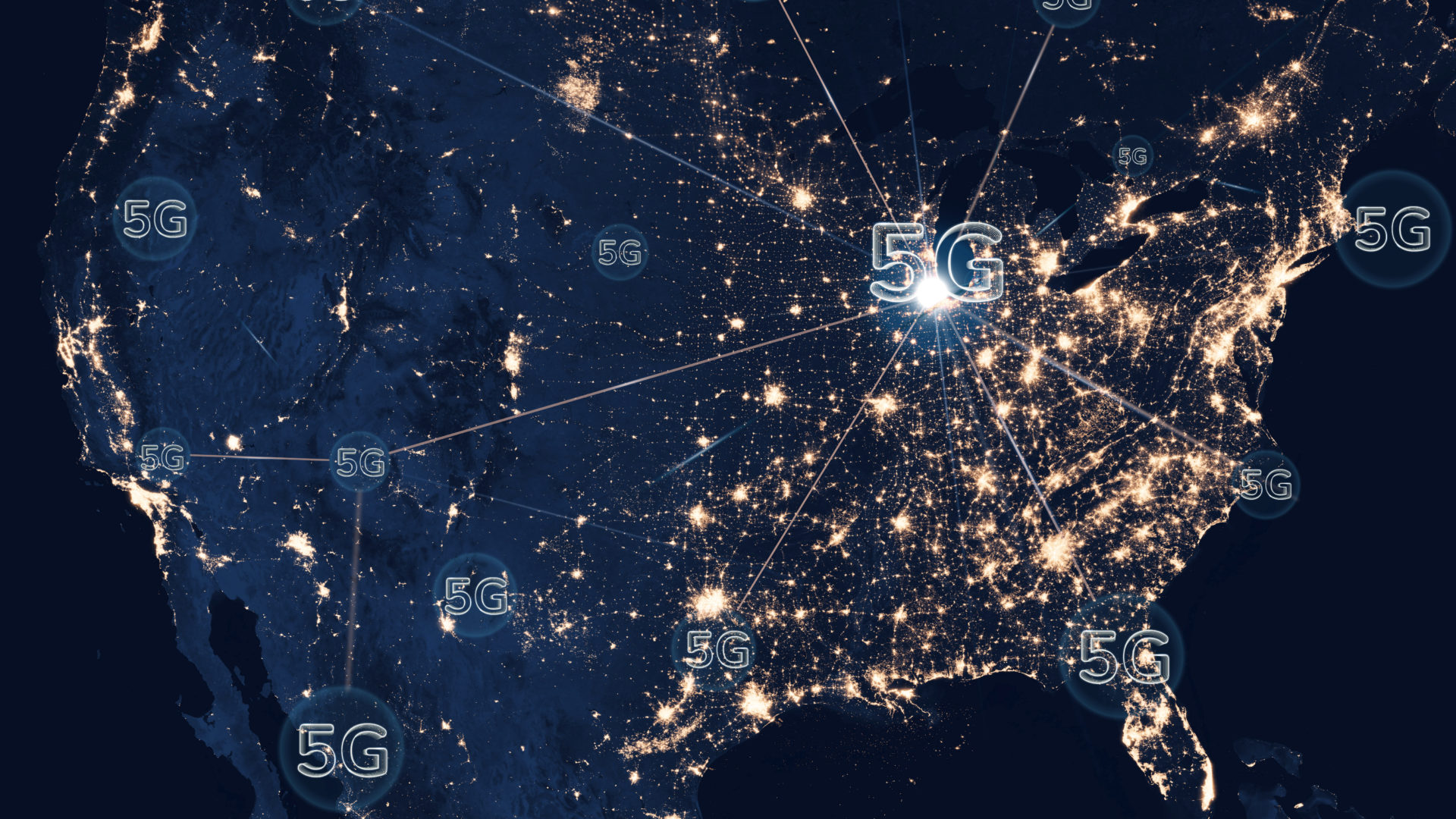The advent of 5G connectivity marks a significant milestone in the evolution of wireless communication. With its promise of ultra-fast speeds, low latency, and massive device connectivity, 5G is set to revolutionize industries, enable transformative technologies, and enhance the way we live, work, and interact. In this article, we will explore the potential of 5G connectivity, its applications, and the impact it will have on various sectors.
- Understanding 5G Connectivity
5G, short for fifth-generation wireless technology, represents a leap forward from its predecessor, 4G LTE. It utilizes higher frequency bands, wider bandwidth, advanced antenna technologies, and improved network architecture to deliver significantly faster data speeds and lower latency. 5G operates on three main frequency bands: low-band, mid-band, and high-band (mmWave), each offering different advantages in terms of coverage and data transmission capabilities.
- Enhanced Mobile Communication
One of the primary benefits of 5G is its ability to deliver lightning-fast speeds and low latency, enabling seamless real-time communication and immersive experiences. With download speeds potentially reaching multi-gigabit per second (Gbps) and latency as low as a few milliseconds, tasks such as streaming high-definition content, video conferencing, and online gaming will be smoother and more immersive than ever before.
- Internet of Things (IoT) and Smart Cities
5G’s massive device connectivity and low latency capabilities make it the ideal platform for the Internet of Things (IoT). The IoT ecosystem relies on a network infrastructure capable of handling a vast number of connected devices and processing data in real-time. 5G enables seamless connectivity and empowers the development of smart cities, where sensors, devices, and infrastructure communicate and collaborate to improve efficiency, sustainability, and quality of life.
- Transformative Technologies
5G is set to fuel the adoption and advancement of transformative technologies that require high-speed, low-latency connectivity. Some notable areas include:
- Autonomous Vehicles: 5G enables real-time communication between vehicles, infrastructure, and pedestrians, enhancing safety, enabling intelligent traffic management, and facilitating the development of self-driving cars.
- Virtual and Augmented Reality: 5G’s high-speed and low-latency capabilities enable seamless streaming and immersive experiences in virtual and augmented reality applications, ranging from gaming and entertainment to remote collaboration and training.
- Industrial Automation: 5G facilitates the deployment of industrial IoT and enables real-time monitoring, control, and optimization of industrial processes. It enables the implementation of smart factories, remote operations, and predictive maintenance.
- Healthcare: 5G can revolutionize healthcare by enabling telemedicine, remote patient monitoring, and real-time access to medical data, leading to improved patient care, remote surgeries, and enhanced emergency response systems.
- Economic and Societal Impact
The widespread adoption of 5G will have a profound impact on economies and societies globally. It will drive innovation, create new business opportunities, and transform industries across sectors, including manufacturing, transportation, agriculture, and entertainment. 5G’s ability to connect remote areas and underserved communities can bridge the digital divide, enabling access to information, education, and services for previously marginalized populations.
- Infrastructure Deployment and Challenges
Realizing the full potential of 5G requires substantial infrastructure deployment. The implementation of 5G networks involves deploying a dense network of small cells, upgrading existing infrastructure, and ensuring sufficient coverage across urban and rural areas. Additionally, addressing concerns around data security, privacy, and regulatory frameworks will be crucial for successful 5G adoption.
5G connectivity represents a significant leap forward in wireless communication, ushering in a new era of connectivity and possibilities. With its ultra-fast speeds, low latency, and massive device connectivity, 5G has the potential to transform industries, enable innovative technologies, and enhance our daily lives. As 5G networks continue to expand globally, the world is poised to experience a profound shift in how we communicate, collaborate, and interact with the digital world. The power of 5G connectivity is set to shape a future where connectivity is seamless, intelligent, and ubiquitous.

